The legendary indoor fair lives on
The indoor fair – today an integral part of the Basel Autumn Fair – looks back on a long and eventful history. Since 1973, it has been located in what is now Hall 3 on Riehenring. Since 2013, the indoor fair has been reviving the golden age of the 1980s.
In 1913, the Basel Autumn Fair was also held for the first time in Kleinbasel, at the old Baden railway station. In the following years, the Autumn Fair had to make way again and again for the expanding Mustermesse and was finally also held in a hall for the first time in 1927 (cf. M. Fürstenberger/E. Ritter 1971, p. 113).
From the 1940s onwards, the Autumn Fair was located in Muba Halls 8 and 8a. Businesses like the caterpillar track, a chain flyer and an anatomical museum attracted visitors back then.
In 1973, the indoor fair moved to what is now Hall 3 on Riehenring, where it became an integral part of the Basel Autumn Fair. In the 1980s, the indoor fair experienced its heyday. With extraordinary attractions like the Café Rutschbahn and rides like the flying carpet, it became a crowd puller for the young and the young at heart.
From 1997 to 2012, the indoor fair no longer had a fixed location due to structural changes. But since 2013, the legendary indoor fair in Hall 3 has been experiencing a revival. Under the slogan “Super 80s”, visitors are invited to experience the indoor fair as it was in its heyday 30 years ago.
to the hall fair
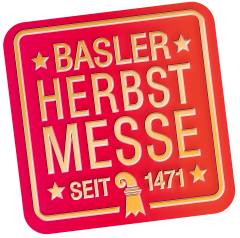

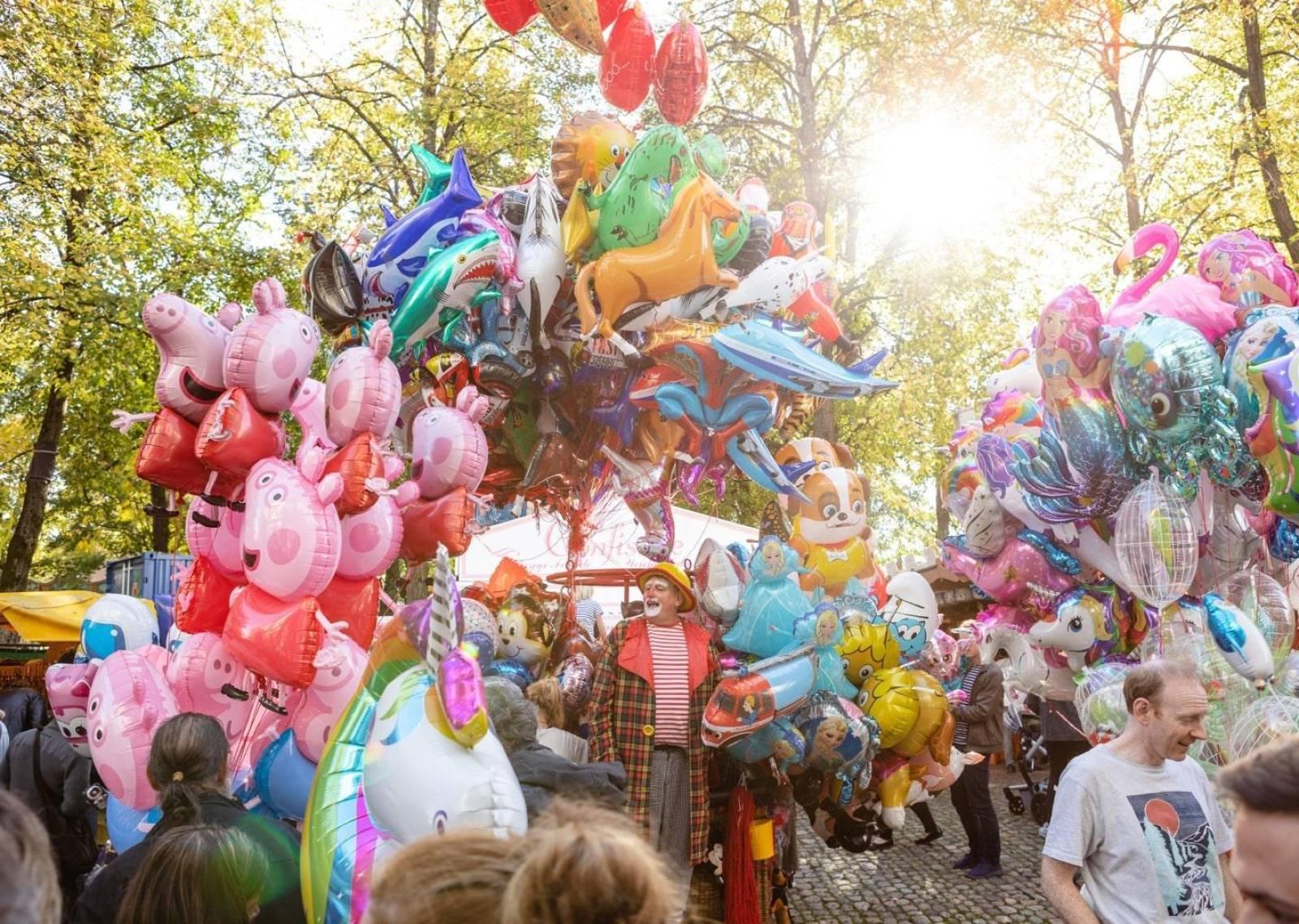
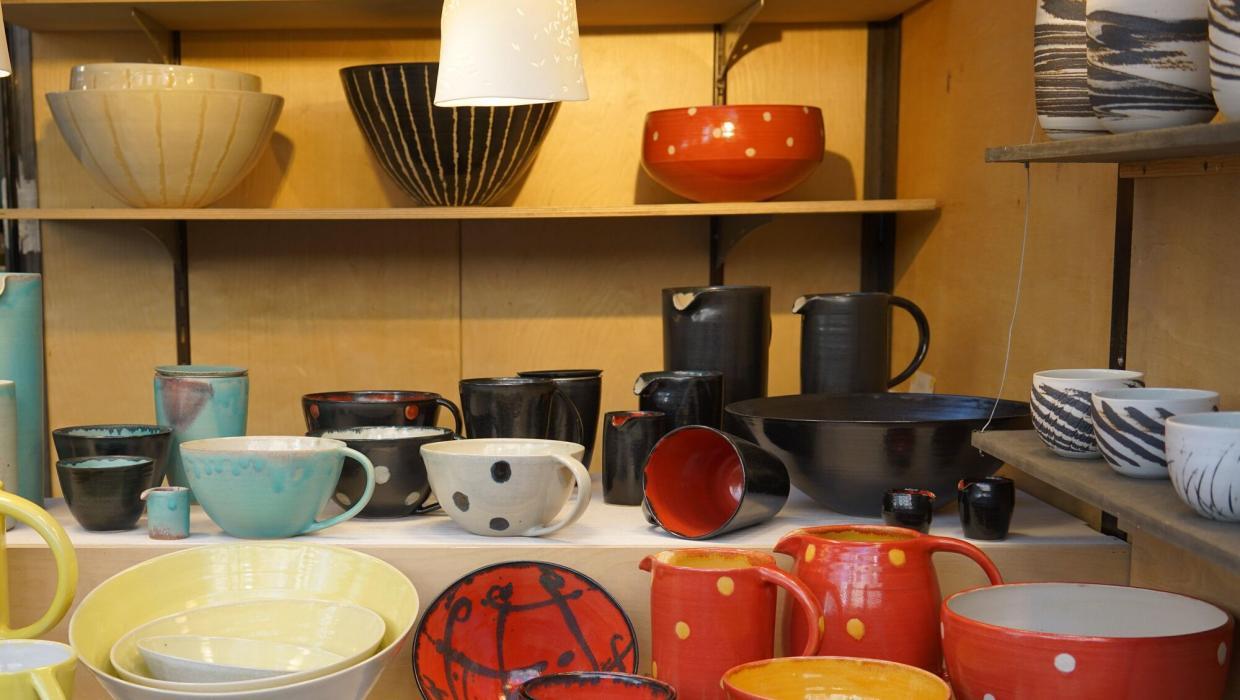
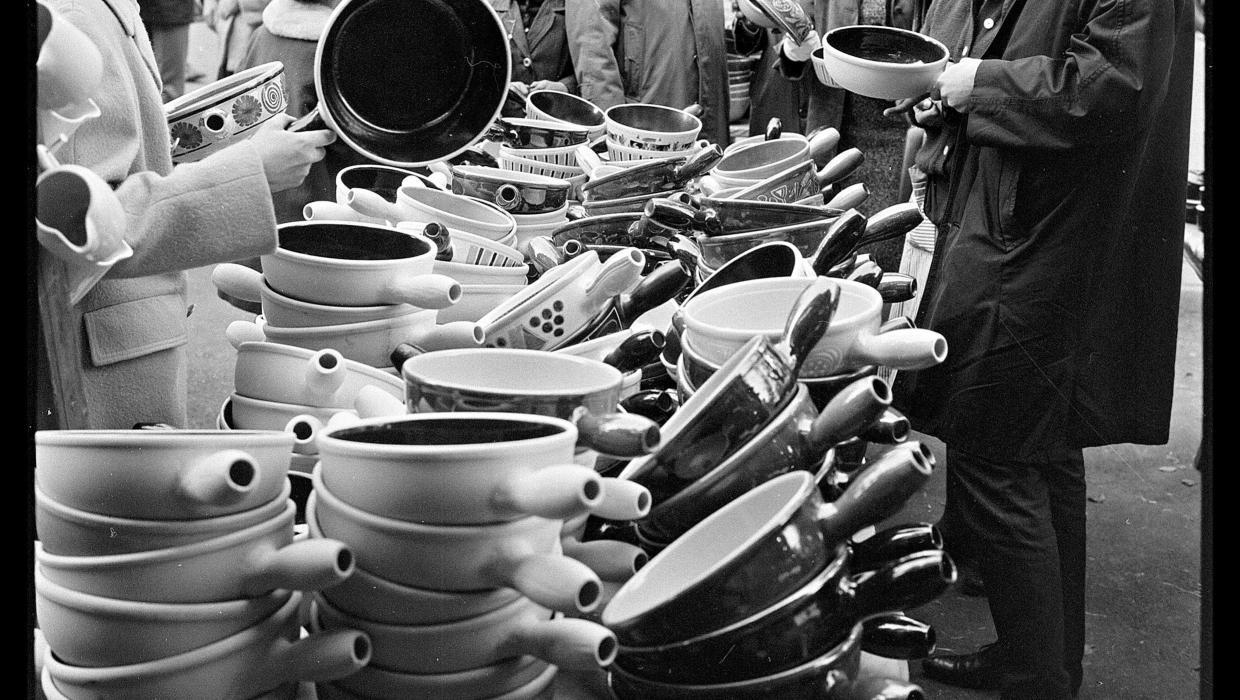
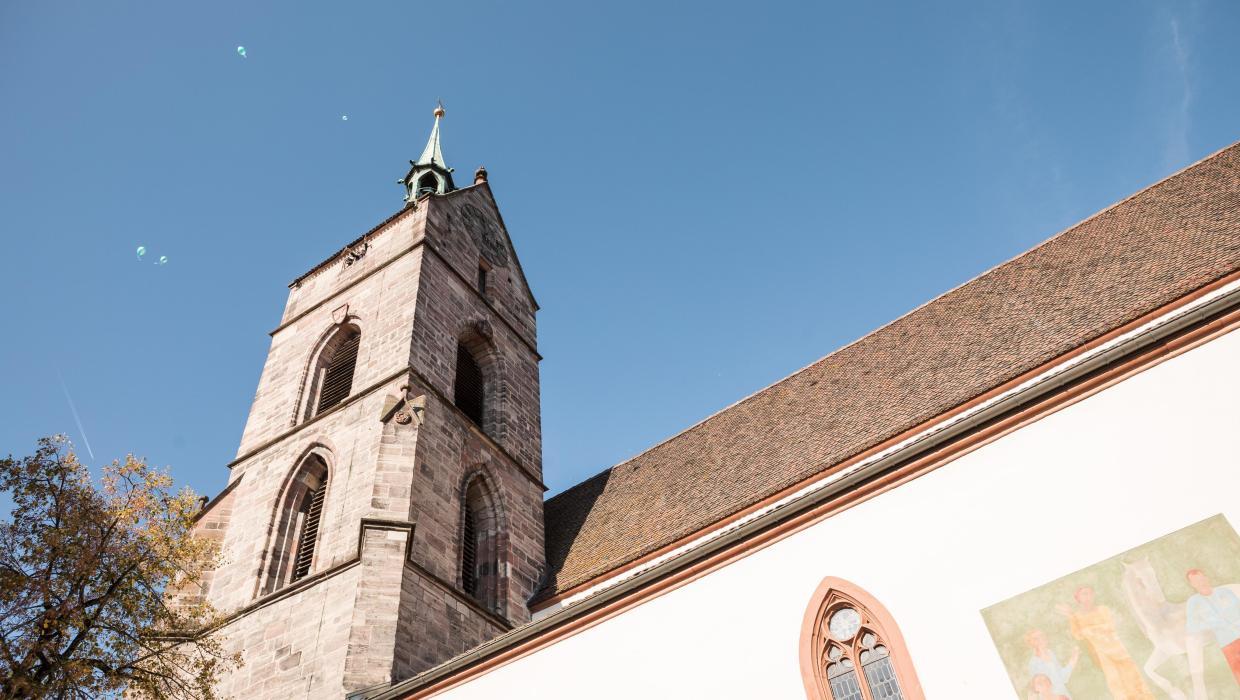
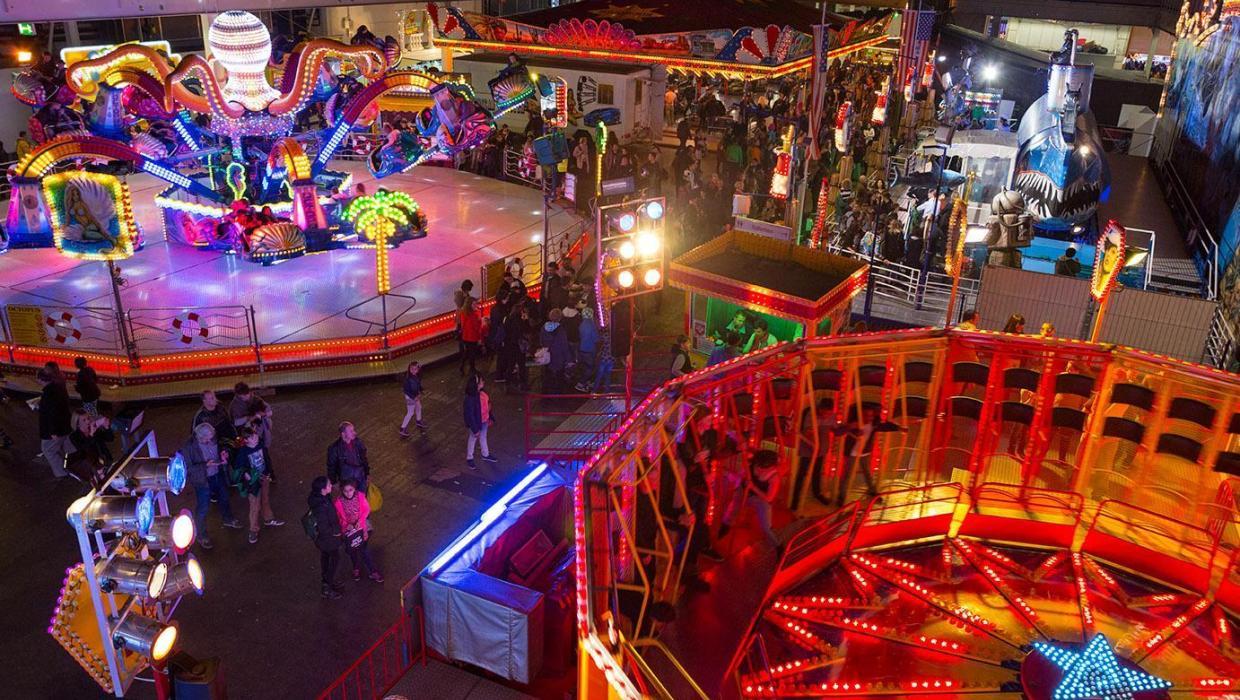
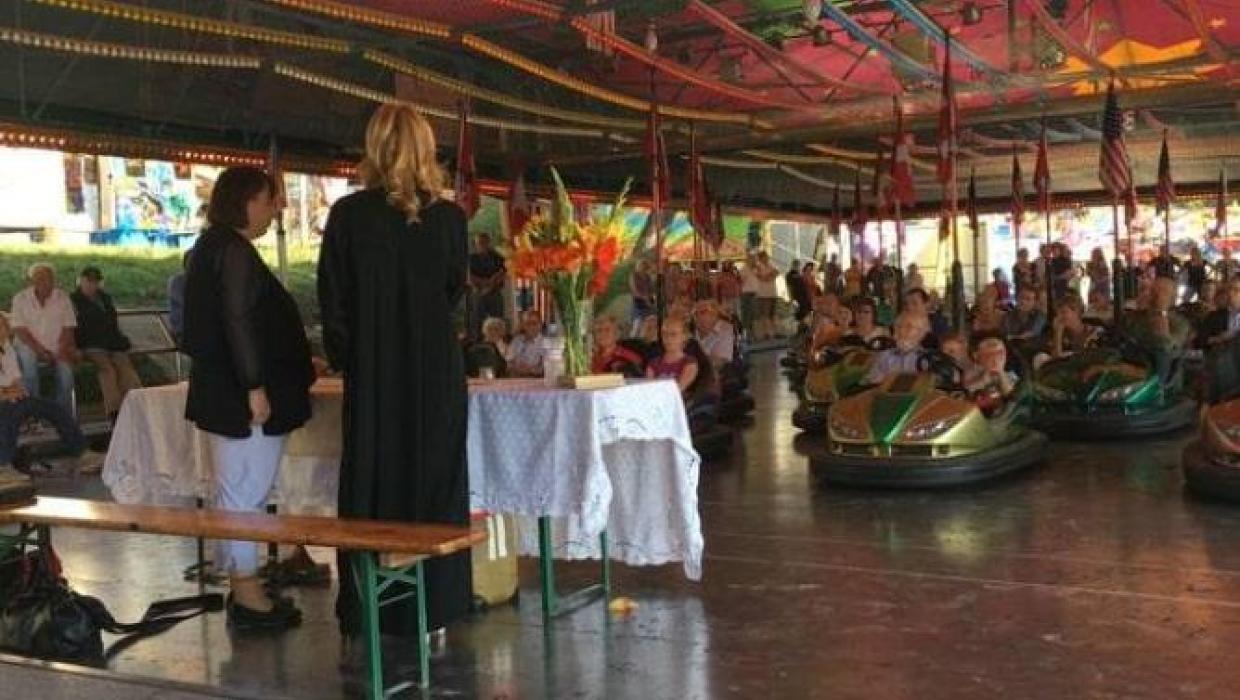
 and Add to home screen
and Add to home screen